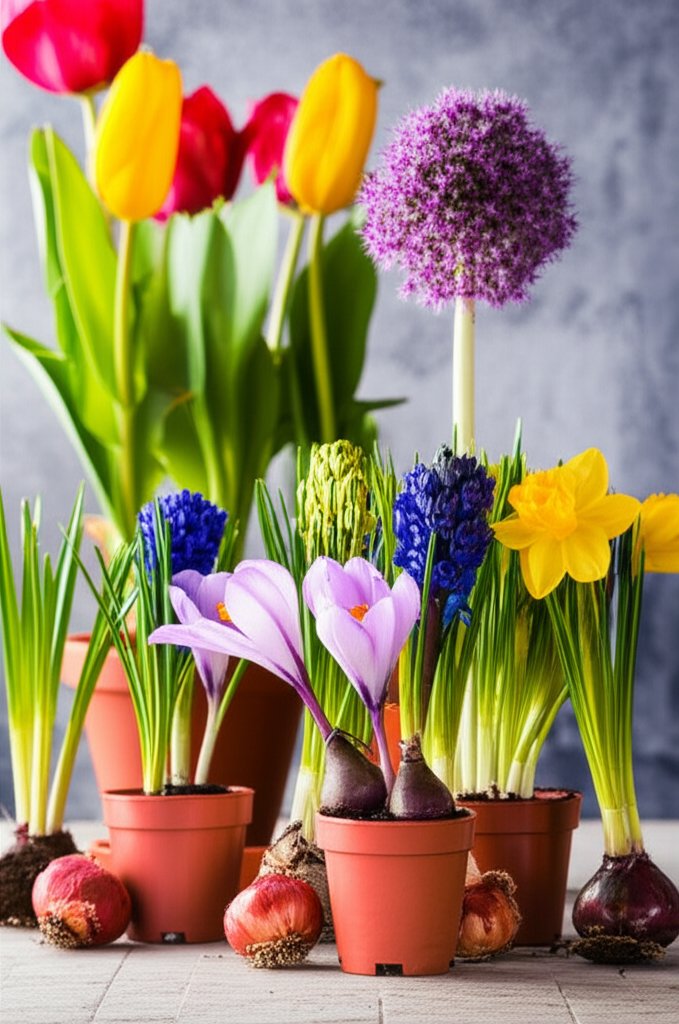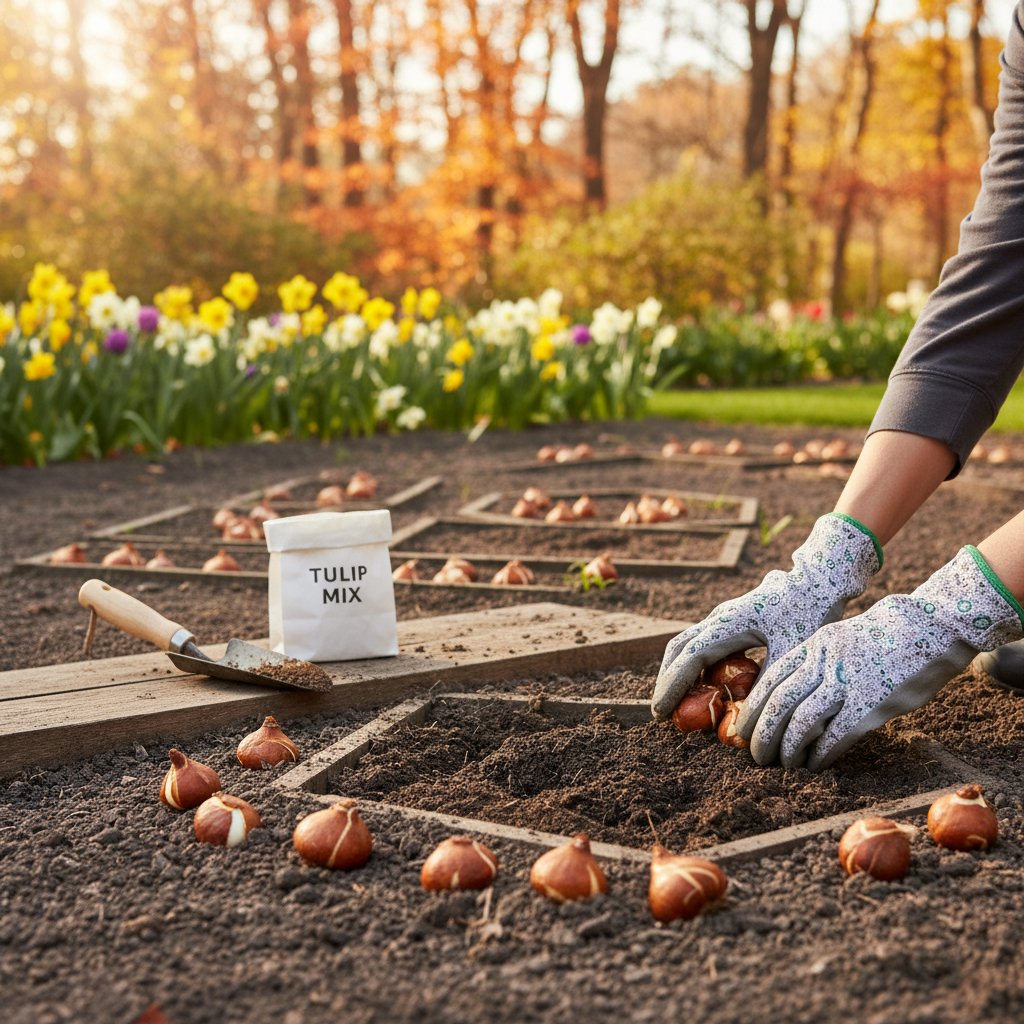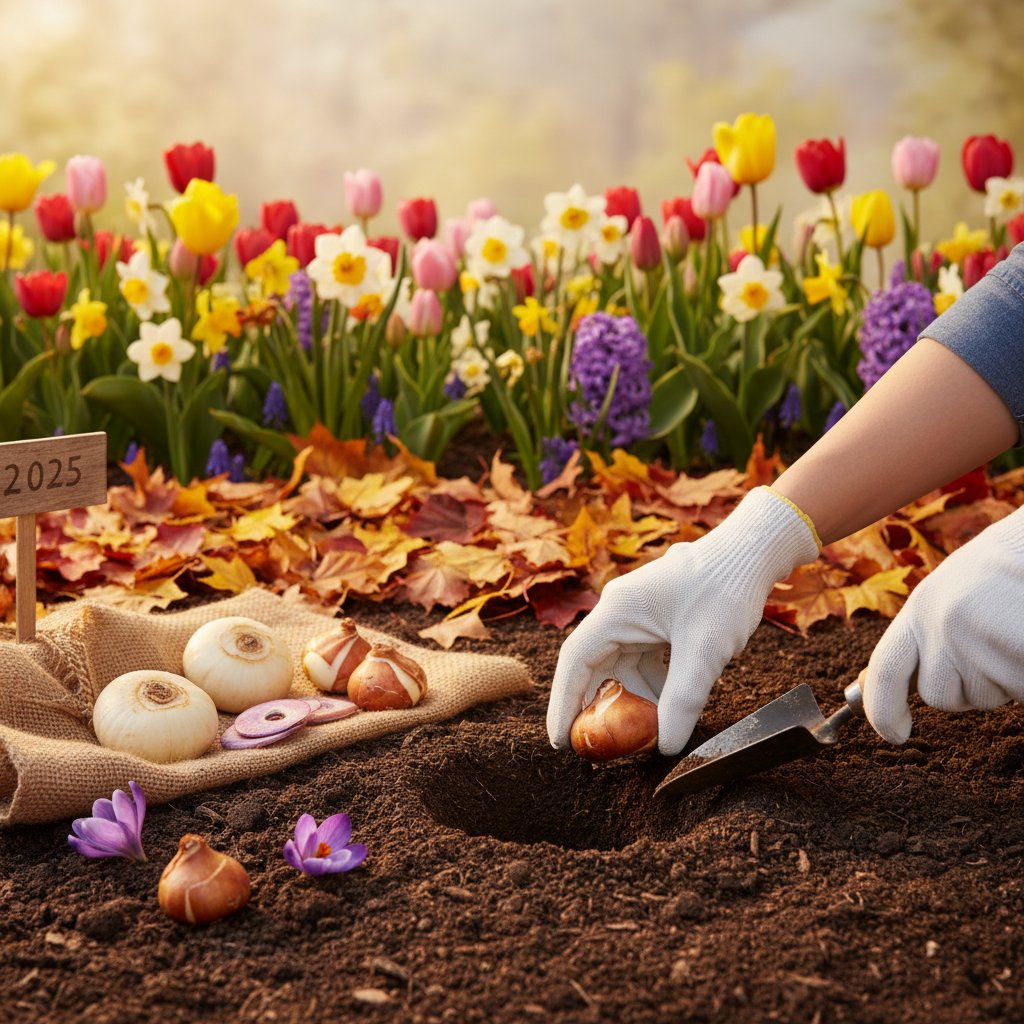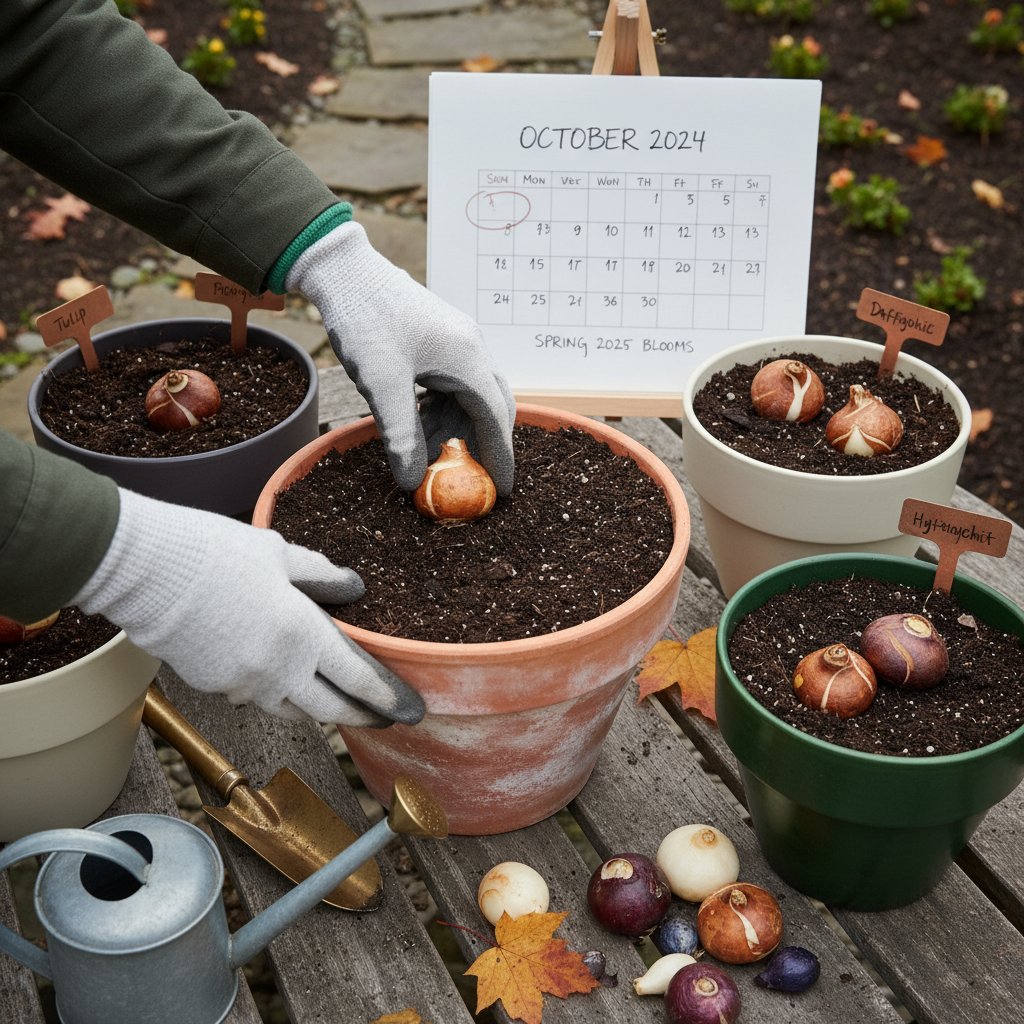Top Fall Bulbs to Plant for Stunning 2025 Gardens
Do you ever walk past your garden in early spring and wish it felt more alive, more colorful, more full of promise after the quiet months of winter? You are not alone. Many gardeners feel a mix of excitement and hesitation when thinking about how to bring their outdoor spaces back to life. The good news is that planting bulbs in fall is one of the most rewarding ways to prepare for a breathtaking garden that greets you when the seasons turn.
Bulbs are nature’s way of giving you a head start. Once tucked into cool soil, they wait patiently underground, storing energy and preparing to burst forth with color when the time is right. If you are looking to create a garden that feels fresh, vibrant, and full of life next spring, here are some of the best bulbs to plant this fall.
Choosing the Right Bulbs
Fall bulbs are those that require a period of cold soil before they bloom. These bulbs need that winter rest to form strong roots and prepare for their dramatic entrance in spring. When choosing bulbs, look for ones that are firm to the touch and free of soft spots or mold. Healthy bulbs are the foundation of a healthy display, so take a little extra care in your selection.
Tulips for Bold and Bright Displays
Few flowers feel as joyful as tulips. With their wide range of colors, from deep purples and reds to soft pastels, tulips offer endless possibilities for designing a garden that reflects your personality. Plant them in clusters for a bold impact, or mix them with other bulbs to create a layered effect. Tulips typically bloom in mid to late spring, so they are excellent for extending your season of color.
Daffodils for Cheerful Resilience
Daffodils are often the first to bloom, and their sunny faces bring a sense of optimism after winter. They are hardy, reliable, and resistant to most pests, which makes them an easy choice for gardeners who want low-maintenance beauty. Plant daffodils in drifts along pathways or under trees for a natural look. They will return year after year, often multiplying and spreading, which means your display only gets better with time.
Crocuses for Early Pops of Color
If you want a flower that can surprise you when snow is barely gone, crocuses are the answer. These small but mighty flowers push through with vibrant purples, yellows, and whites, often signaling that spring has truly arrived. Their modest size makes them perfect for borders, rock gardens, or even tucked into your lawn for a charming effect.
Hyacinths for Fragrance and Charm
Hyacinths are known not just for their beauty, but for their incredible fragrance. Their dense clusters of blossoms come in shades of pink, blue, purple, and white, and their scent can fill a garden with sweetness. Place hyacinths near entrances, patios, or walkways so you can enjoy both their look and their aroma each time you pass by.
Alliums for Dramatic Height
Alliums provide a striking contrast to other spring flowers with their tall stems and globe-shaped blooms. Ranging from deep violet to pale lavender, these flowers add structure and vertical interest to your garden. They also attract pollinators like bees, which helps support the entire ecosystem of your outdoor space. Plant them behind shorter bulbs to create layers of height and texture.
Layering Bulbs for Continuous Blooms
One of the most satisfying ways to plant fall bulbs is to layer them. This technique, sometimes called a bulb lasagna, involves planting bulbs at different depths in the same spot. Larger bulbs like daffodils or tulips go deeper, while smaller bulbs like crocuses sit closer to the surface. By layering, you ensure that as one type of flower fades, another begins to bloom. This creates a continuous display of color that lasts much longer than a single variety would on its own.
Caring for Bulbs After Planting
Once you have planted your bulbs, give them a good watering to help settle the soil. After that, they require little attention through the colder months. A layer of mulch can help insulate the soil and protect them from temperature swings. While it may feel like nothing is happening, the bulbs are quietly establishing roots and preparing for their show.
Watching Your Garden Thrive
Planting bulbs in fall is an act of patience and trust. You bury them in soil when the days feel shorter and the air grows cooler, and months later they reward you with beauty and energy. Each bloom is a reminder that the effort you put in now pays off in ways that bring joy not only to you, but also to anyone who visits your garden.
As you look toward spring, picture the colors, scents, and textures waiting just beneath the surface. Whether you choose tulips for boldness, daffodils for reliability, or hyacinths for fragrance, the bulbs you plant now will shape the landscape you enjoy tomorrow. Keep tending, keep planting, and let your garden surprise you with the rewards of your care.



